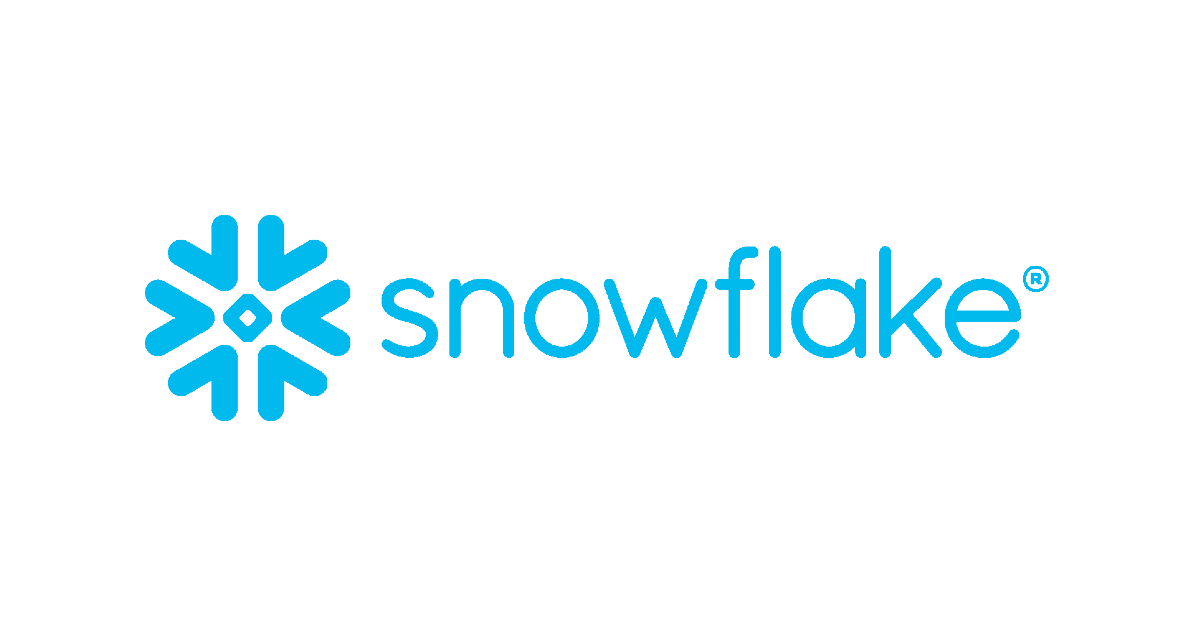Established in 2012, Snowflake has rapidly emerged as a leader in the cloud data platform market with Snowflake Data Cloud, and is a major player in business intelligence. At the core of Snowflake’s strategy is a focus on leveraging data to refine targeting in sales and marketing, setting new standards in data-driven decision-making.
With thousands of customers and annual product revenue in the billions, Snowflake’s journey demonstrates the transformative impact of effectively using data as a strategic asset.
ZoomInfo’s products and services are a key part of that journey, helping Snowflake transform its account scoring, capitalize on real-time market signals, and design a new wave of AI-powered personalization tools.
Snowflake’s Strategic Data Vision
Central to Snowflake’s own data strategy, which involves mastering the management and application of its own vast amounts of data, was the development of tools that used in-depth technographic and firmographic data. These tools, integral to Snowflake’s data initiatives, generate data-informed scores that are fed into its CRM system. The downstream effects are many, including the enablement of district and regional leaders to enhance their territory planning efforts.
Snowflake’s commitment to treating data as an asset — not just for understanding the global account landscape, but also for optimizing internal processes and decision-making — has been pivotal in turning a complex challenge experienced by many businesses into a strategic opportunity.
High-ROI Use Cases: Account Propensity Scoring & Territory Planning
A key element in realizing this vision is Snowflake’s Account Propensity Scoring (APS) model, a tool designed to measure a client’s potential fit with Snowflake’s offerings. Its APS model isn’t just predictive, but transformative — redefining how the company manages territory planning and account distribution.
As you might expect, comprehensive data is the foundation of the APS system. Snowflake Sales Data Science Manager David Gojo, one of the driving forces behind Snowflake’s own data strategies, notes that at least one-third of the most critical data features in the APS model come from expansive technographic and firmographic data from the ZoomInfo Data Cube feeding over 70 different fields.
“We use enriched data to understand the universe of accounts worldwide. Once our APS system produces a score, we put it in front of field operations leads so they can allocate those accounts as efficiently as possible,” Gojo says.
The sales data science team took their 70+ data points, augmented with ZoomInfo technographic and firmographic data feeds from the DaaS pipeline, to create the APS. Accounts with the highest propensity score performed better in every category and helped make sellers more productive, resulting in increased customer engagement and higher new customer conversion rates.
“We notify the account owner of any high-value customer activity detected as part of our Scoops usage,” Gojo says.
Snowflake’s data-driven approach also extends to analyzing territory productivity — helping the company reveal key performance drivers. To that end, Snowflake has built visibility into the team’s sales activities and how much time is spent inside each sales tool. These insights not only help improve seller productivity and forecasts, but also quickly surface challenge areas to coach and support sales reps.
By monitoring productivity, Snowflake analyzes how much top-of-funnel activities play a role in moving prospects down the funnel and closing the deal. “Does engagement actually translate into any meaningful performance at the end of the year? That’s the hypothesis we work from that helps us understand if engagement actually makes sense,” Gojo says.
Snowflake’s Future Data Strategies
Looking to the future, Snowflake’s commitment to data is set for continued evolution, with a keen focus on advancing artificial intelligence (AI) and machine learning (ML) capabilities. Snowflake’s future strategy includes a continued emphasis on furthering what’s already working well — including the data quality it uses to power its initiatives.
“For me, it’s continuing to do what we do. We know that it’s working, but we’re also quite happy where we are. We’ve landed on three use cases for where we want to develop generative AI capabilities with the long-term goal of developing a sales assistant that we want to explore,” Gojo says.
Gojo and his team have also identified areas for continued innovation, including:
Integrating and maximizing data usage
Determining additional data-driven use cases to drive growth
Enhancing personalized communications, including prospecting
Maximizing every customer engagement so it’s as impactful as possible
“I give a lot of credit to the data services team at ZoomInfo. They’ve done really a great job working with us to get us what we need,” Gojo says.
A Data-Driven Success Story
Snowflake’s journey vividly illustrates the transformative power of data in sales and marketing. Its partnership with ZoomInfo has not only fueled its growth but also revolutionized its approach to business intelligence.
Snowflake’s use of APS and additional data-driven strategies have not only enhanced its territory planning and account management, but also provided a clear ROI by improving rep productivity and efficiency.
As Snowflake continues to harness the potential of data-driven strategies, its story is a compelling example of pushing innovation forward with data.
With its eyes set on the future, Snowflake’s partnership with ZoomInfo and its commitment to evolving its data capabilities promises to set new benchmarks in its industry.


